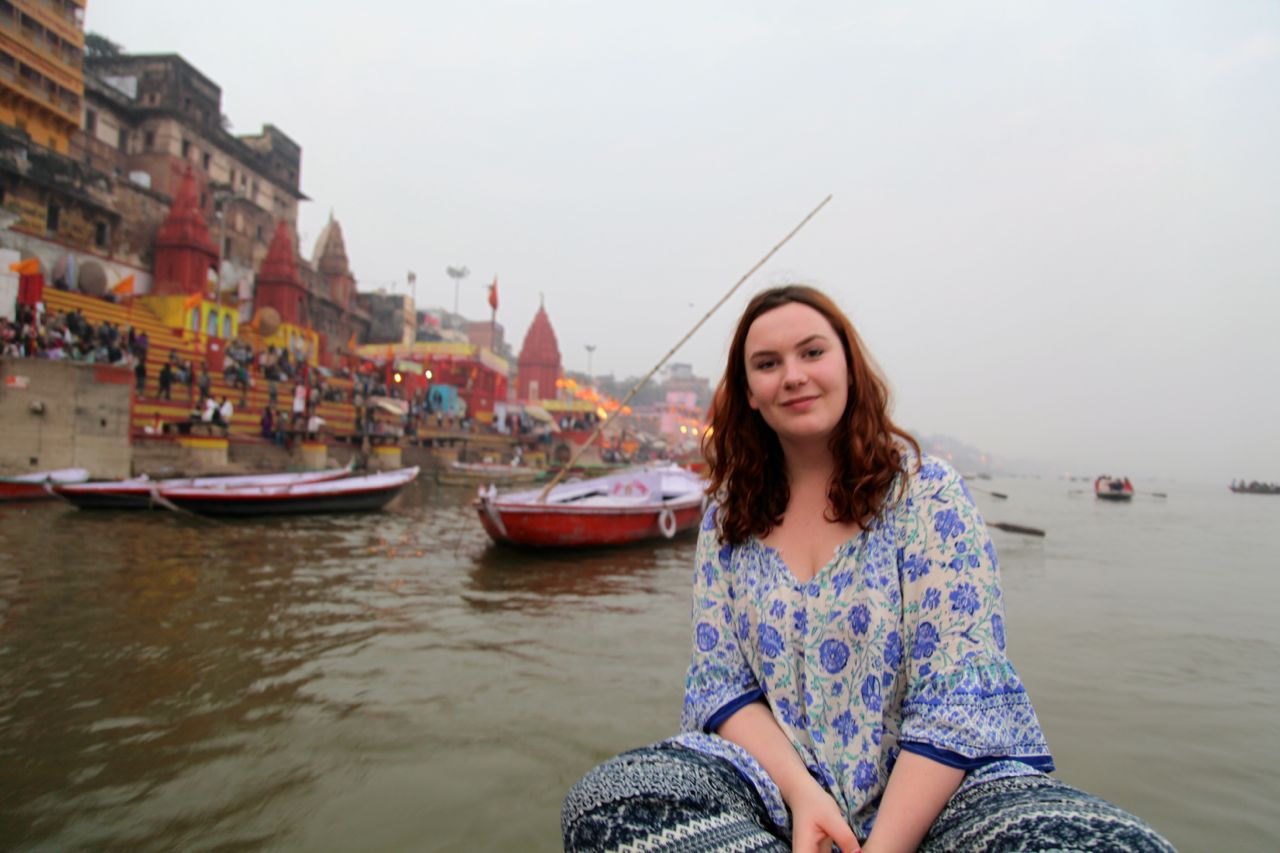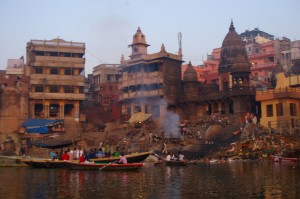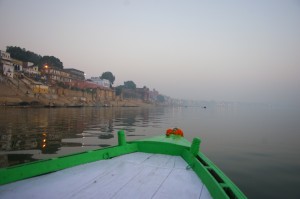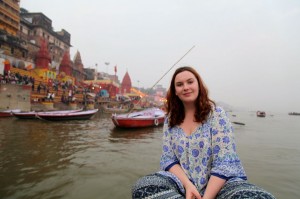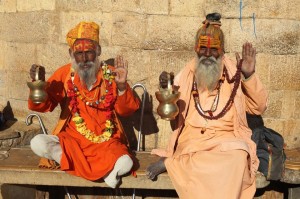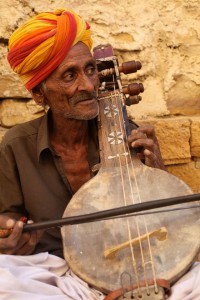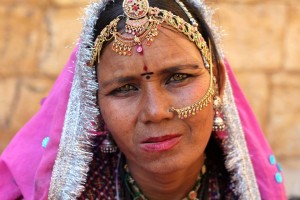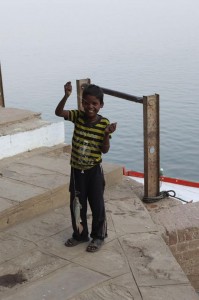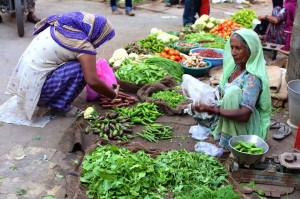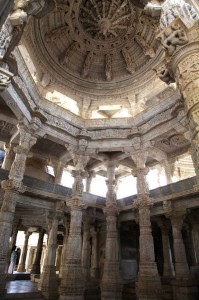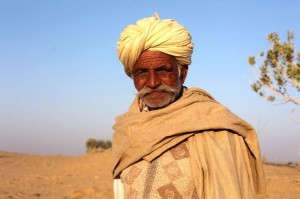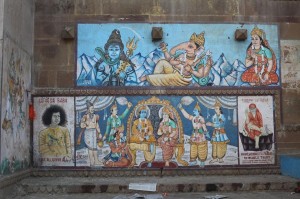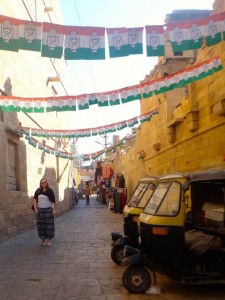I returned from India less than two weeks ago. It was my second trip to the wonderful country, having decided to spend December there after living there for six months in 2012.
India is a world away from Australia. The sights, smells, tastes, colours and noises are all more intense and everything works in a completely different way, but it has that familiar sense of community that gives a place its substance.
India is an incredibly diverse and interesting country. Thousand of different dialects, a myriad of devout religious communities, extremely varied cuisine, arts and fashion are just some examples of the diversity of the culture. And just to scrape the surface of the landscape there’s the coastal areas such as Kerela, the desert in Rajasthan, the mountainous areas of Ladakh (described to me once as “heaven on earth”), the entrance to the Himalayas and then there’s the Holy City, my home in India, Varanasi.
Varanasi is, in my opinion, the most cultured city in India. Where other cities of Varanasi’s size are becoming increasingly less traditional and more westernized, Varanasi is doing it old school. This is because the Holy City is situated on India’s holiest river, the Ganjes. Every year millions of pilgrims come to Varanasi for religious festivals and cleansing. It is an extremely holy place. As a result there is no alcohol, women choose to mostly wear traditional Indian sarees or Punjab suits, cows roam the streets (literally strolling down extremely busy roads, without a care) and most religious traditions are still thriving.
Living in Varanasi for six months, I became very close to several families. One woman who I was particularly close to, Mumta Ji (Ji is an Indian mark of respect) was very interested in Australian culture and we would swap stories about our cultures, she would laugh at my choice of clothing and the fact that I get so excited about elephants, and I would show her photos from home and marvel at how different our cultures in fact are.
As a woman, Mumta Ji lacks many of the freedoms that I am privileged to enjoy in Australia: dating, wearing what ever I like, talking to whom ever I please, deciding where I want to live and who I will marry, drinking alcohol and eating meat to name a few.
Mumta Ji isn’t all that bothered by this, for the most part, she finds my lifestyle a novelty. She is most shocked that I don’t intend to have children until I’m in my late 20s-if at all; this she cannot comprehend.
However, as many differences there are between Mumta’s culture and mine, there are so many similarities. The most important thing that I learned while in India is that people are the same, despite their differences, where ever you go.
Sorry for the paradox, but it’s the simplest way to put it and it must be simply put. Where ever you go, you will find the same office politics, kids who are loud and giggly and shy kids who hide behind their parent’s legs, community gossip, affectionate teasing, the same willingness to help out a stranger, the same laughter, the same terrifying and passionate mothers, the same friendships and the same conflicts and the same
While our cultures differ, our emotions and our connections are the same.
That’s the brilliant thing about India. It’s a whole other world, the sights, smells, tastes and sights are all more intense, everything works in a completely different way, but there’s that same sense of community and it still feels like home.
